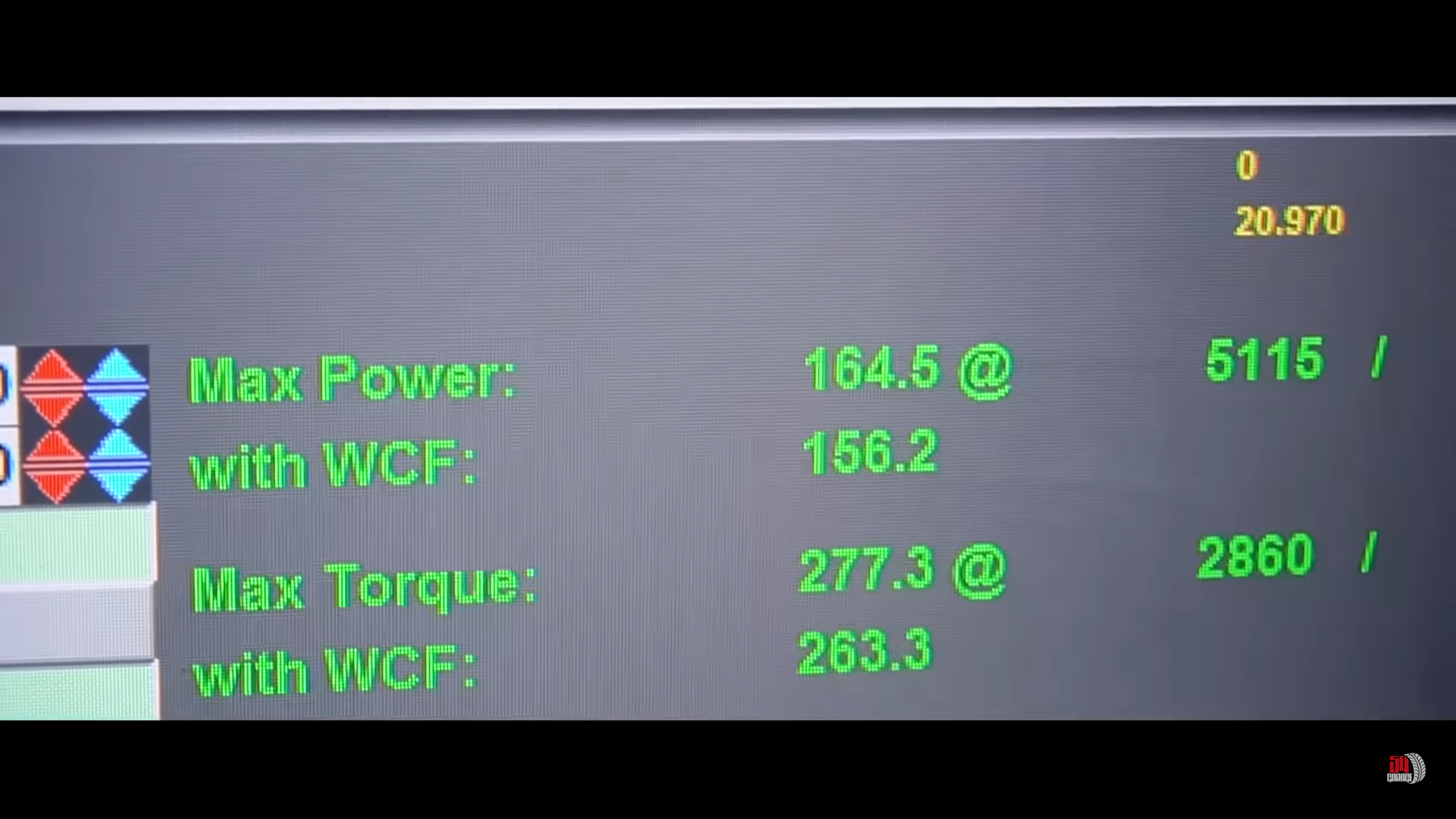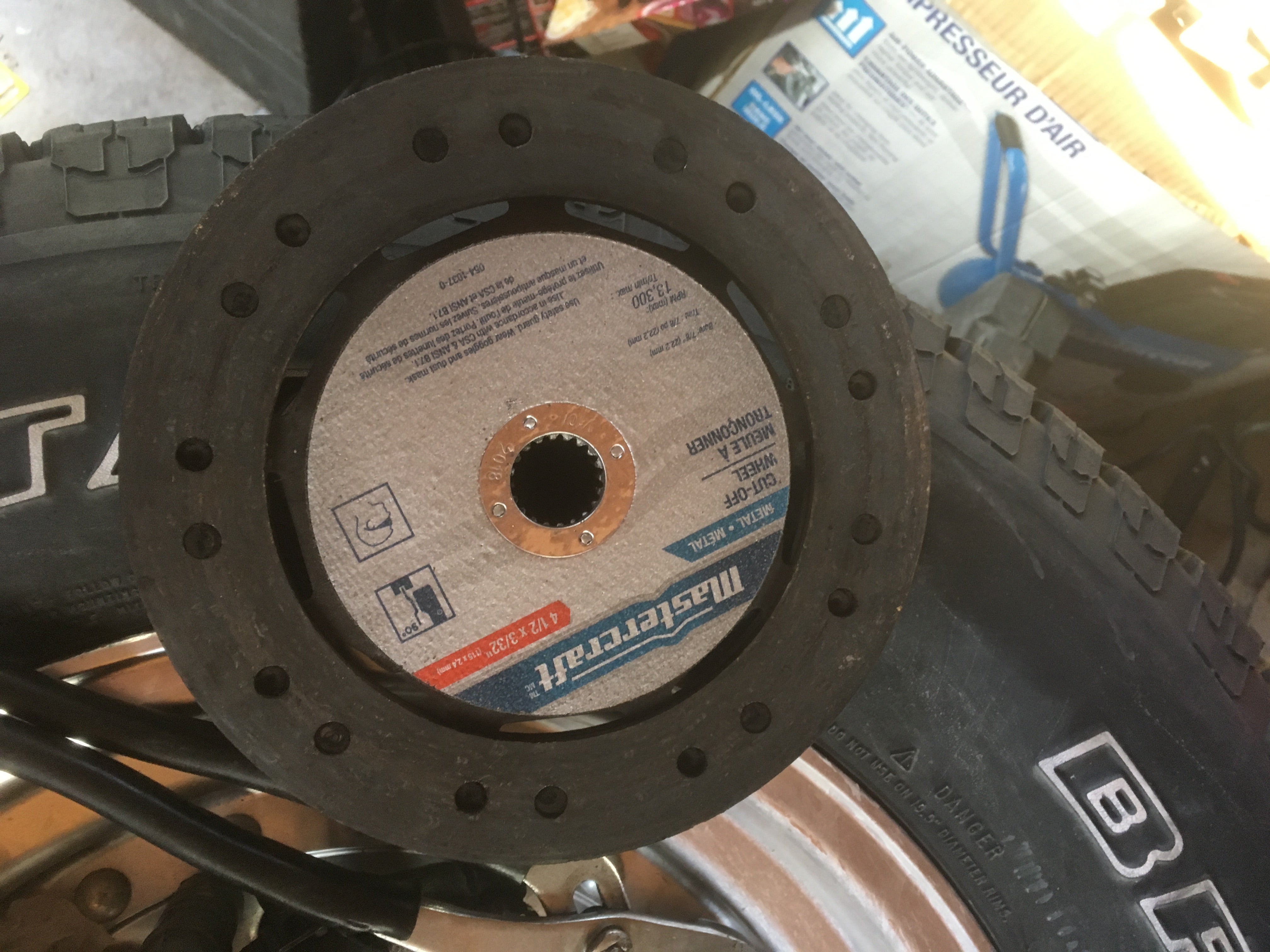 "PS9" (PS9)
"PS9" (PS9)
03/09/2019 at 15:38 ē Filed to: None
 3
3
 7
7
 "PS9" (PS9)
"PS9" (PS9)
03/09/2019 at 15:38 ē Filed to: None |  3 3
|  7 7 |
They did what? THEY DID WHAT!?! No...No, they canít- this wasnít supposed to happen for at least another 20 years! Fuck! FUUUUUCK! Shutdown production and throw away all of our designs, we need to jump ahead of this! Fuck it, W32 engines, letís go.
B ut sir, thereís...thereís no way that would pass emissi-
WHAT PART OF LETS GO DIDNíT YOU FUCKING HEAR?! W32 ENGINES, I WANT THEM NOW, GET MOVING BEFORE THESE GARAGE 54 FUCKERS JUMP AHEAD OF US! IF WE LET THAT HAPPEN WEíLL NEVER RECOVER!!!!!
 gogmorgo - rowing gears in a Grand Cherokee
> PS9
gogmorgo - rowing gears in a Grand Cherokee
> PS9
03/09/2019 at 16:32 |
|
What I find most educational about this series is how they managed to tripple engine output through the factory clutch and drivetrain without issue . It would be interesting to see the four-engine monster on the dyno. It clearly introduced some negative harmonics, but I suspect their engine connection methods left some things to be desired in terms of proper alignment, centring, and balance which could easily have contributed. I also think their initial† loss of performance could be attributed to either clutch or tire slippage under the extra torque, but it's sometimes hard to tell which you're experiencing on a low-traction surface, especially with open manifolds dumping right at you.†
 PS9
> gogmorgo - rowing gears in a Grand Cherokee
PS9
> gogmorgo - rowing gears in a Grand Cherokee
03/10/2019 at 06:29 |
|
What I find most educational about this series is how they managed to tripple engine output through the factory clutch and drivetrain without issue.
Uhh, yeah... about that...

80s Era Ladas made a depressing amount of power stock, and the motors used by G54 are at least 4 presidential administrations old so...yeah. The 3 of them even together wonít make enough power to have to consider other drivetrain upgrades to handle it.
Interestingly, the old 4.6 in the 96 era Mustang would put down numbers a little bit better than these, so you could say that a 96 mustang has about 3 LadaPower. a 2015+ mustang GT has about 7 LadaPower.
 gogmorgo - rowing gears in a Grand Cherokee
> PS9
gogmorgo - rowing gears in a Grand Cherokee
> PS9
03/10/2019 at 13:05 |
|
Yeah... the problem with your logic is that the drivetrain components are tiny. You can mail a five-speed transmission without exceeding regular parcel size and weight limits , and I know this because Iíve done it. And why have I done it? Because the Lada transmission doesnít even have a big life expectancy behind the 75 (maybe) horsepower and 100lb-ft from the early TBI 1.7. Weíre talking stuff based on early 60's Fiat economy car tech. Not to mention 50hp at the wheels of a stock 80's Lada is a pretty healthy engine. The combination put 250nm of torque to the wheels, so about 225lb-ft at the crank.

Thatís the ďbigĒ clutch disc from my TBI Niva with a 4.5" cutting wheel sitting on it for scale. I donít have a 1600 clutch on hand, but that oneís smaller yet. † Itís about an inch smaller diameter than what youíd find behind an AMC 2.5. They had to bump up the diameter again when they went to mpfi because it wouldnít hold up under 80hp and 120lb-ft.
Iím on my second transmission in the Niva at 45000 miles† for a reason, and itís also already having problems. These components are not as stout as you'd want to believe.†
 PS9
> gogmorgo - rowing gears in a Grand Cherokee
PS9
> gogmorgo - rowing gears in a Grand Cherokee
03/10/2019 at 19:33 |
|
I did not say they were Ďstoutí. I said the amount of power produced by even three lada engines is not very great, so it wouldnít be a big deal for the rest of the drive train to bolt three lada engines together, and indeed it was not. They even did dyno pulls with it and later added a fourth. Itís not that lada drivetrain stuff is very strong, or they got lucky and just happened to have the best possible transmission and drivetrain; itís that even for these very weak and small components, ~160HP total still isnít a lot, even if 3-4 engines are making it.†
 gogmorgo - rowing gears in a Grand Cherokee
> PS9
gogmorgo - rowing gears in a Grand Cherokee
> PS9
03/10/2019 at 21:21 |
|
Itís not really the horsepower that breaks things, itís the torque. You clearly donít have that much experience with the Lada parts because youíre massively overestimating them. Weíre talking about stuff that required redesigns to handle 10-20 extra hp and lb-ft. The later Nivas are still using the same axles and theyíre prone to breakage under the modern engines, to the point where theyíve removed the low-range gear set from the most common configurations to stop shredding diffs.
It held back f our engines for just enough time to prove that it was clearly way too much for it. Four engines is putting over 300lb-ft through that final crank and clutch, itís amazing it lasted as long as it did. Iím struggling to imagine it† holding up to even three engines on pavement. Even just on the dyno they were having trouble consistently putting power down from three engines.†
 PS9
> gogmorgo - rowing gears in a Grand Cherokee
PS9
> gogmorgo - rowing gears in a Grand Cherokee
03/11/2019 at 03:21 |
|
Itís not really the horsepower that breaks things, itís the torque.

Horsepower = torque over time. If torque is breaking things, the horsepower is also breaking them, because one can be defined as the other. Math.
Y ou clearly donít have that much experience with the Lada parts because youíre massively overestimating them.
No, I am not. Your experience with lada parts cannot reach back into the past and change reality. It is not an Ďoverestimationí to say that a Lada drivetrain can withstand ~160 HP. Itís not eve n an Ďestimationí since that is a guess absent of a result. It is an observation. It doesnít matter if you donít think it can do that because it did it. My stating so is just an acknowledgement of reality.
It held back four engines for just enough time to prove that it was clearly way too much for it.
If you watch the end of the video, youíll see that itís the engines that ultimately failed, not the gearbox, not the diff, not the axles, and those parts are on their third Ďbolting engines to a ladaí video. If theyíre basically old chinese newspapers and ramen noodles elmerís glued together as you say, then they should have been first in line to fail, and failure on their part should have come far before they made it to bolting their 4th engine to them, yet they are the only things that survived.
Even just on the dyno they were having trouble consistently putting power down from three engines.
That had nothing to do with gearbox, diff or axles. Two of the †engines were starting to go out and by the time they made it to their 4th engine, out they went. Drivetrain components have an all or nothing approach to failure. A broken gearbox, diff or axle shaft wonít put Ďsomeí of the power down, it will put none, and the car will stop working.†
 gogmorgo - rowing gears in a Grand Cherokee
> PS9
gogmorgo - rowing gears in a Grand Cherokee
> PS9
03/11/2019 at 11:46 |
|
Buddy.
There are two ways to make horsepower. A tiny amount of torque spinning quickly, or a ton of torque spinning slowly. Power isnít a rate of torque (or force) over time, itís a rate of work, and again, you can get the same result by doing a ton of work slowly as you can doing almost no work quickly.
Classic example: high performance sports car makes 500hp. So does a semi truck. Put the semi truck engine on the sports car drivetrain and shit explodes because the sports car is built to handle the 500lb-ft it produces but the semi truckís engine makes like 2000hp. The semiís going to have a similar weight on board as the entirely of the sports car just in differentials to handle that. Yes that takes things to extremes, but itís the same idea.
By aggregating engines the way theyíre doing it, theyíre not really capable of spinning them much more quickly than they are on their own. Each engine has to accelerate its own rotating mass, so you donít really benefit from extra hp accumulated as you would if you just straight up trippled hp with added performance. But the torque is much more noticeable, because you effectively have a big engine turning relatively slowly.
And how do I know the early clutch wonít hold the tiny power bump from the later engines? Experience. You canít beat experience. The guy I bought mine from put the early clutch on it because it was all he could find locally, from an old stash left by a dealer that went out of business. Welcome to Ladas in Canada. The clutch was ďfineĒ because the engine ran like junk. I fixed some vacuum leaks and got it running okay, and suddenly the clutch started slipping above 3/4 throttle. You know what a slipping clutch feels like to drive and looks like on a dyno? It revs and accelerates fine until you hit the slipping point and then itís like hitting fuel cutoff, except the engine keeps revving faster. Torque curve flatlines and drops. Hp to the wheels levels out and falls. Let off the throttle, and suddenly everythingís fine, until you try to push more torque through it. This is literally what happened to them on the dyno.
Clearly their engines are running like junk because they arenít the sort of people to have bothered balancing them, making sure the cranks are aligned, or anything like that. But they were clearly having problems before the engines started tossing distributor caps.
Your ďstating soĒ is not a reflection of reality, it is† clearly a result of not having a clear picture of whatís happening, not having much knowledge of Ladas †beyond what youíve gleaned from google searches, and an incomplete understanding of power train failure modes.†